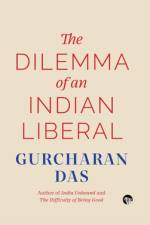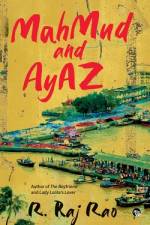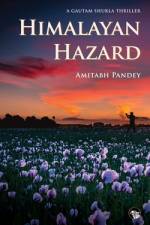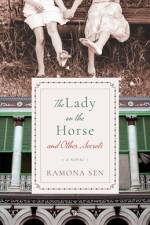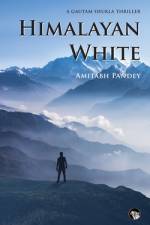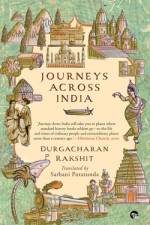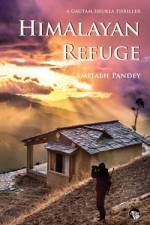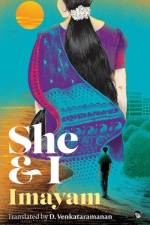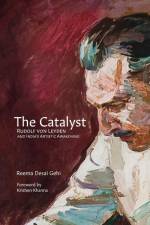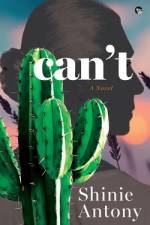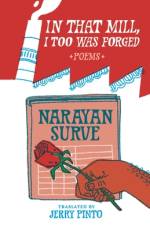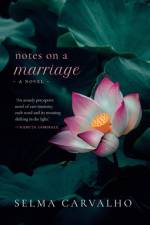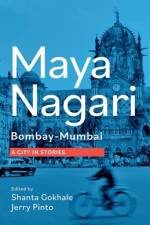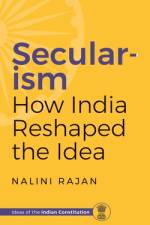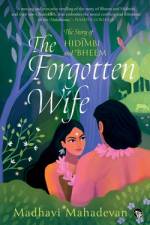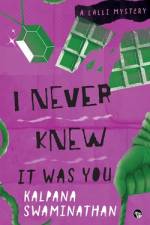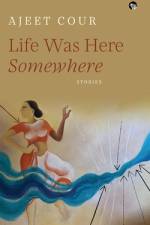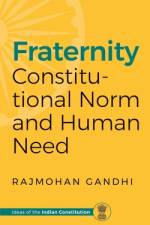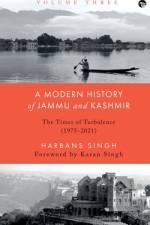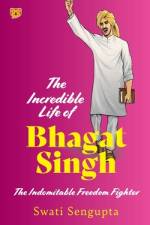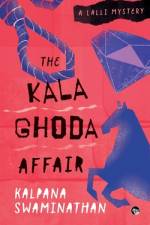av Shanta Gokhale
327
'You cannot catch a city in words. You cannot catch a city at all,' write the editorsof this anthology. So how do you get the spirit of India's great metropolis, theMaya Nagari, the city of dreams, between the covers of a book? Shanta Gokhaleand Jerry Pinto decide to bring together their favourite short stories about thecity they call home, and hope that a narrative will emerge. And it does-a rich,varied, vibrant portrait of the republic that goes by many names-Bombay,Mumbai, Momoi, Bambai and many others.In the twenty-one stories of this collection, there is the city that labours in themills and streets, and the city that sips and nibbles in five-star lounges; the cityof Ganapati and Haji Malang and the Virgin Mary; the city that is a sea of peopleand speaks at least a dozen languages. There are stories translated from Marathi,Urdu, Gujarati, Tamil, Hindi, Kannada, Malayalam, and stories written originallyin English. Among the writers are legends and new voices-Baburao Bagul,Ismat Chughtai, Pu La Deshpande, Urmila Pawar, Mohan Rakesh,Saadat Hasan Manto, Ambai, Jayant Kaikini, Bhupen Khakhar, CyrusMistry, Vilas Sarang, Tejaswini Apte-Rahm and Anuradha Kumar.Maya Nagari is a majestic book on a majestic city. It will be read and cherished foryears.

